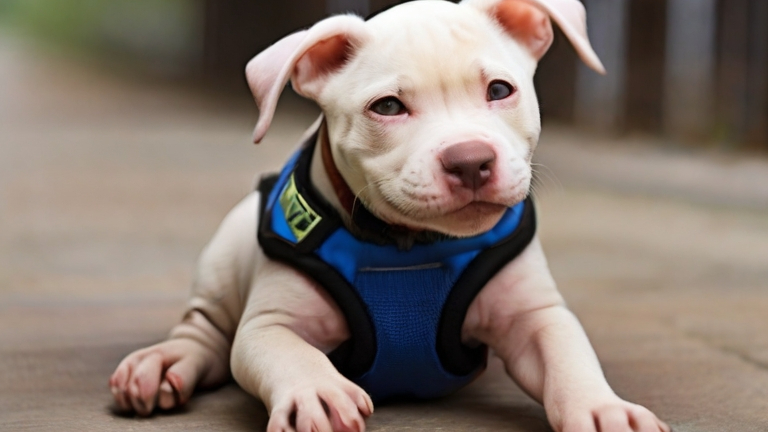In recent years, the role of service animals has become increasingly recognized and valued in society, providing essential support and assistance to individuals with disabilities. However, there is often confusion and misinformation surrounding what constitutes a service animal and how they are trained. In this blog post, we’ll explore the definitions of service animals and delve into the training process for certified service dogs.
Defining Service Animals:
Service animals are specially trained animals that perform tasks or provide assistance to individuals with disabilities. These disabilities may be physical, sensory, psychiatric, intellectual, or other mental impairments. The Americans with Disabilities Act (ADA) defines a service animal as any dog that is individually trained to do work or perform tasks for the benefit of an individual with a disability. Other species of animals, such as miniature horses, may also qualify as service animals under certain circumstances.
Tasks Performed by Service Dogs:
Service dogs are trained to perform a wide range of tasks tailored to the individual needs of their handlers. These tasks may include:
- Guiding individuals who are blind or visually impaired: Service dogs can assist individuals with navigating obstacles, crossing streets, and safely maneuvering through their environment.
- Alerting individuals who are deaf or hard of hearing: Service dogs can alert their handlers to important sounds such as doorbells, alarms, or approaching vehicles.
- Assisting individuals with mobility impairments: Service dogs can retrieve dropped items, open doors, and provide stability and support while walking or transferring.
- Alerting individuals to medical conditions: Some service dogs are trained to detect changes in their handler’s medical condition, such as low blood sugar levels in individuals with diabetes or impending seizures in individuals with epilepsy.
- Providing emotional support: Service dogs can offer comfort, companionship, and emotional support to individuals with psychiatric or emotional disabilities, such as post-traumatic stress disorder (PTSD) or anxiety disorders.
Training Process for Certified Service Dogs:
The training process for service dogs is rigorous and comprehensive, typically involving several months to years of specialized training. Here are some key steps in the training process:
- Selection: Service dog organizations carefully select dogs with the appropriate temperament, intelligence, and physical characteristics for service work. These dogs undergo thorough evaluations to ensure they have the potential to succeed as service animals.
- Socialization: Service dogs are exposed to various environments, stimuli, and social interactions from a young age to acclimate them to different situations and build their confidence and adaptability.
- Task Training: Service dogs undergo specialized training to learn specific tasks or behaviors tailored to the needs of their handlers. This may include obedience training, task training, and public access training to ensure the dog can perform reliably in various settings.
- Handler Training: In addition to training the service dog, handlers receive instruction on how to effectively communicate with and manage their service animal. This includes learning commands, handling techniques, and legal rights and responsibilities under the ADA.
- Public Access Training: Service dogs must be well-behaved and under control at all times, especially in public spaces where distractions are plentiful. Public access training teaches service dogs to remain focused on their handler and perform tasks reliably in real-world environments.
Conclusion:
Service animals play a vital role in enhancing the independence, mobility, and quality of life for individuals with disabilities. Through specialized training and assistance, service dogs provide invaluable support and companionship to their handlers, enabling them to lead more fulfilling and autonomous lives. By understanding the definitions of service animals and the training process for certified service dogs, we can foster greater awareness, acceptance, and appreciation for the important work these animals do in our communities.
